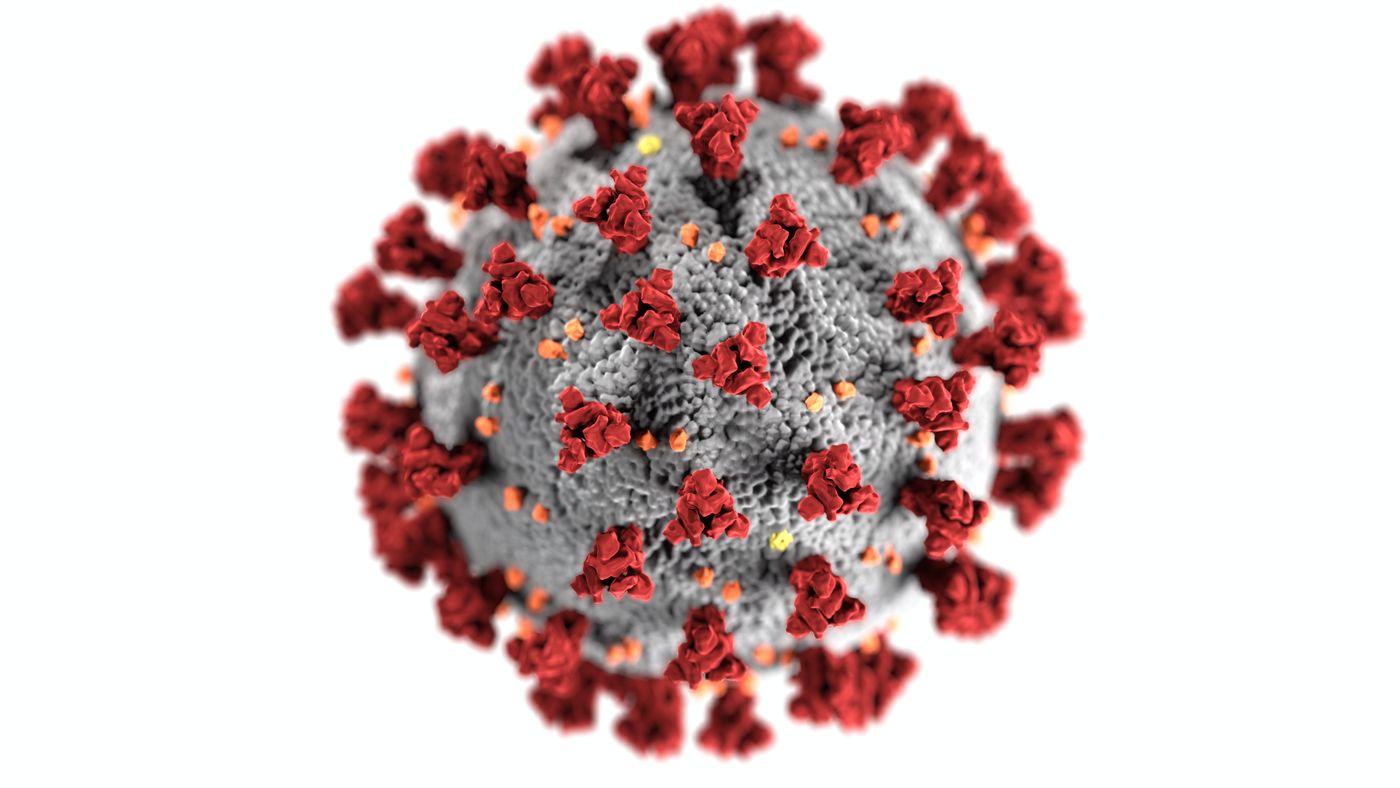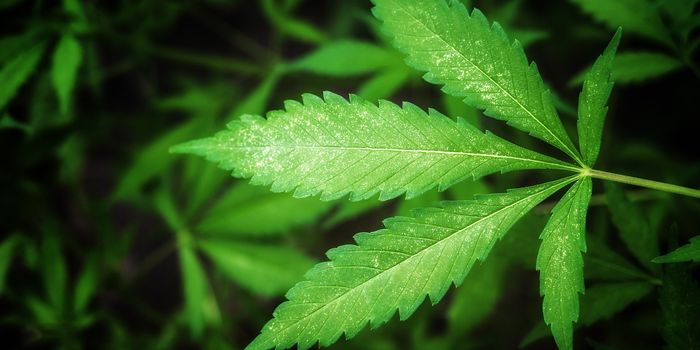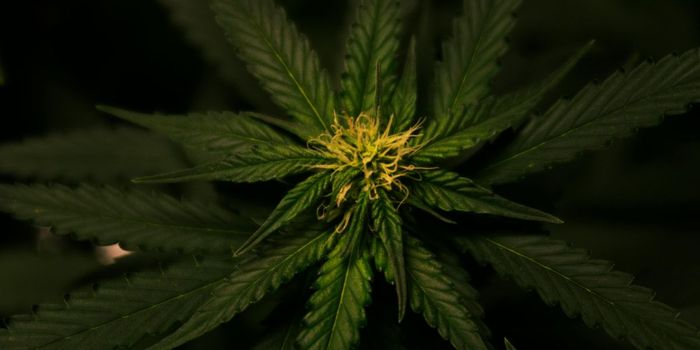Cannabinoids Bind Spike Proteins of SARS-CoV-2 & Emerging Variants to Prevent Infection in vitro
As the pandemic has progressed, multiple variants of severe acute respiratory syndrome coronavirus-2 (SARS-CoV-2) have emerged, possessing variable degrees of infectivity and severity. In response, the SARS-CoV-2 Interagency Group (SIG) developed a variant classification scheme characterized by four classes of SARS-CoV-2 variants:
- Variant Being Monitored (VBM)
- Includes: alpha (B.1.1.7 & Q lineages), beta (B.1.351 & descendent lineages), gamma (P.1 & descendent lineages), epsilon (B.1.427 & B.1.429), eta (B.1.525), iota (B.1.526), kappa (B.1.617.1), 1.617.3, mu (B.1.621, B.1.621.1), and zeta (P.2) variants
- Variant of Interest (VOI)
- None classified to date
- Variant of Concern
- Includes: delta (B.1.617.2 & AY lineages) and omicron (B.1.1.529 & BA lineages)
- Variant of High Consequence (VOHC)
- None classified to date
In coordination with the Centers for Disease Control and Prevention (CDC), National Institutes of Health (NIH), Food and Drug Administration (FDA), Biomedical Advanced Research and Development Authority (BARDA), Department of Defense (DoD), and interagency subject matter experts (SMEs), the SIG classifies variants based on the evaluated risk associated with variants circulating in the U.S.
SIG variant risk assessments are determined using available data on national and regional variant proportions, the presumptive or identified effects of mutations on current treatments, disease severity, and viral infectivity (i.e., capacity for transmission from one person to another). These parameters are predominantly driven by the number and location of spike protein mutations (i.e., substitutions), which most often contribute collectively to variations in the active site of the viral spike protein responsible for binding to the ACE2 host-cell receptor.
Consistent with the Red Queen Hypothesis of evolutionary biology, the high rate of viral mutation is likely to continue leading to the evolution of SARS-CoV-2 variants with ranging degrees of infectivity and severity. Accompanied by lack of adherence to recommended guidelines and limited access to vaccines/treatments, these viral mutations can presumably lead to the emergence of vaccine-resistant variants over time, ultimately engendering a continued cycle of COVID-19 outbreaks for many years to come.
Identifying compounds capable of intervening in the viral infection and replication cycle (i.e., small-molecule inhibitors) to use in conjunction with vaccines provides an additional layer of evolutionary pressure on SARS-CoV-2 and its variants.
So, where do we go from here?
Do these compounds even exist? Can they already be found as naturally-occurring compounds? If so, where can these compounds be found?
In a study published just last week in the Journal of Natural Products, researchers from Oregon looked to hemp (Cannabis sativa L.) as a botanical source for potential ligands of the SARS-CoV-2 spike protein and its variants – and their results are taking the medical cannabis field by storm.
Magnetic microbead affinity selection screening (MagMASS) – an affinity selection-mass spectrometry (AS-MS) approach – accompanied by ultra-high-pressure liquid chromatography-mass spectrometry (UHPLC-MS) analyses were used to identify and characterize ligand-receptor (i.e., viral spike protein-cannabinoid) interactions.
Confirmation with supplemental cannabinoid standard assays revealed that cannabigerolic acid (CBGA), tetrahydrocannabinolic acid (THCA), and cannabidiolic acid (CBDA) are indeed ligands with high respective binding affinities for the spike protein – especially relative to those of Δ9-tetrahydrocannabinol (Δ9-THC), Δ8-tetrahydrocannabinol, (Δ8-THC) cannabichromene (CBC), cannabigerol (CBG), cannabinol (CBN), and cannabidiol (CBD), which exhibited weak if any, binding.
The authors suggest that CBGA’s strong binding to the spike protein while in the presence of other cannabinoids is likely because CBGA is binding the protein allosterically, thus evading competition with orthosteric cannabinoid ligands for binding.
Due to the ‘controlled substance’ status of THCA, further experiments could not be pursued on this cannabinoid. CBGA and CBDA, on the other hand, were subjected to further assessment of their respective binding affinities and antiviral activities. Virus neutralization assays demonstrated that CBGA and CBDA could prevent infection by a pseudovirus expressing the SARS-CoV-2 spike protein in human epithelial cells. More importantly, these two cannabinoids inhibited cellular entry of live SARS-CoV-2 in vitro. Furthermore, CBGA and CBDA were each equally as effective against the alpha variant, B.1.1.7, and the beta variant, B.1.351.
Although further functional experiments in vivo will need to be performed to validate these findings, this study provides encouraging evidence supporting the potential for using cannabinoids as complementary therapeutic agents to vaccines towards the treatment of COVID-19.
Sources: Centers for Disease Control and Prevention (CDC); Explorable; Journal of Natural Products









